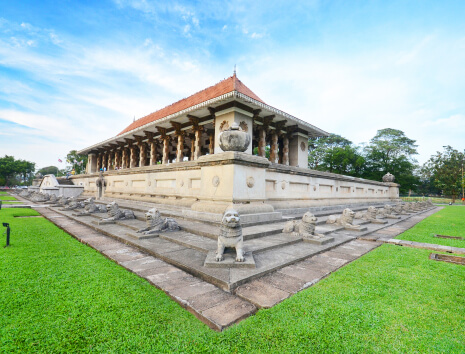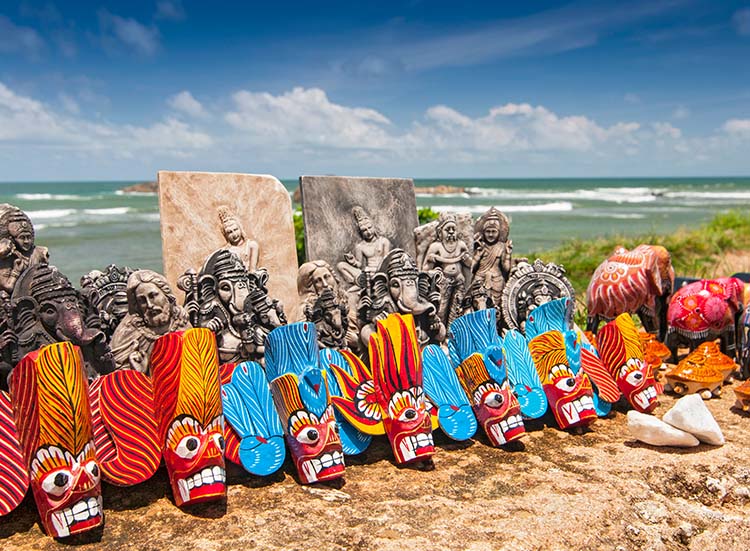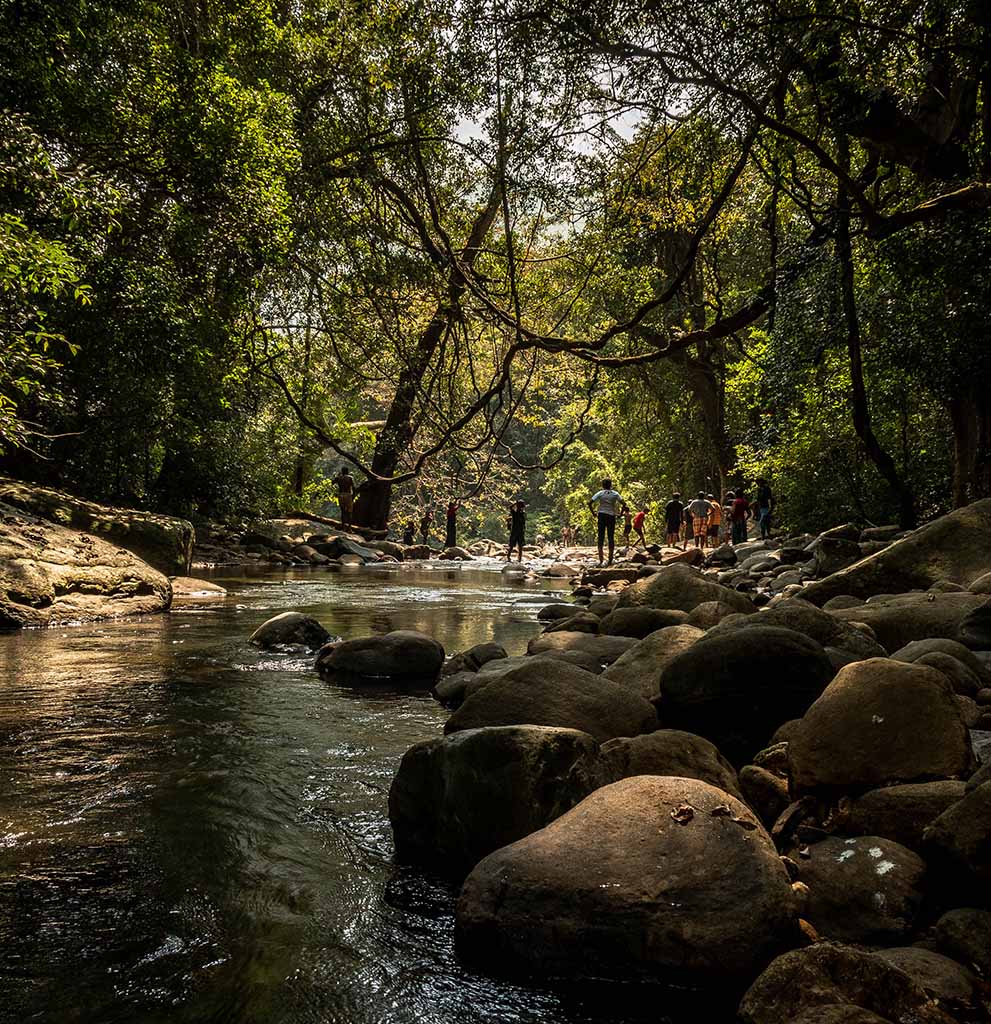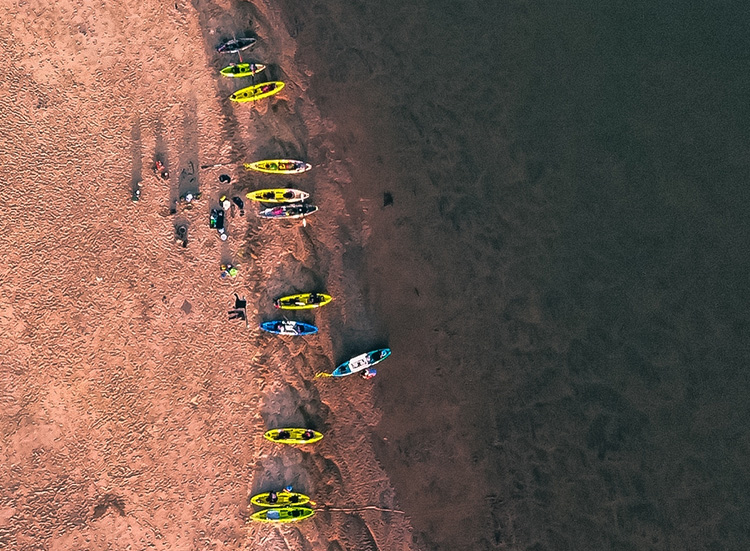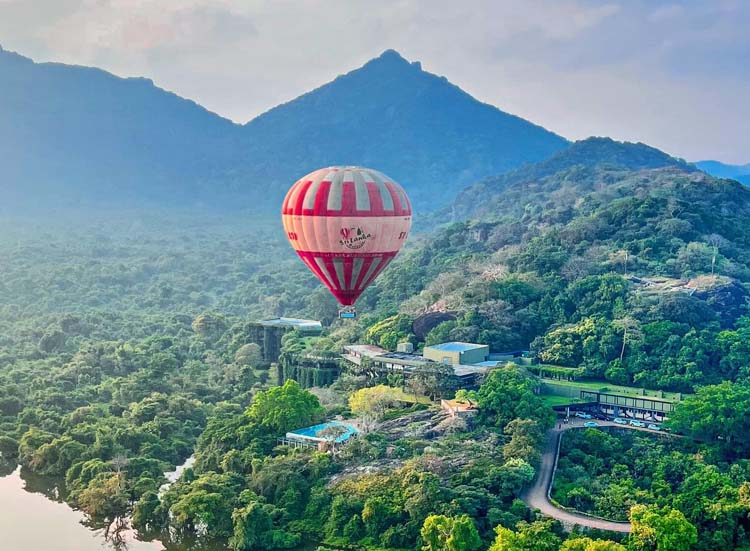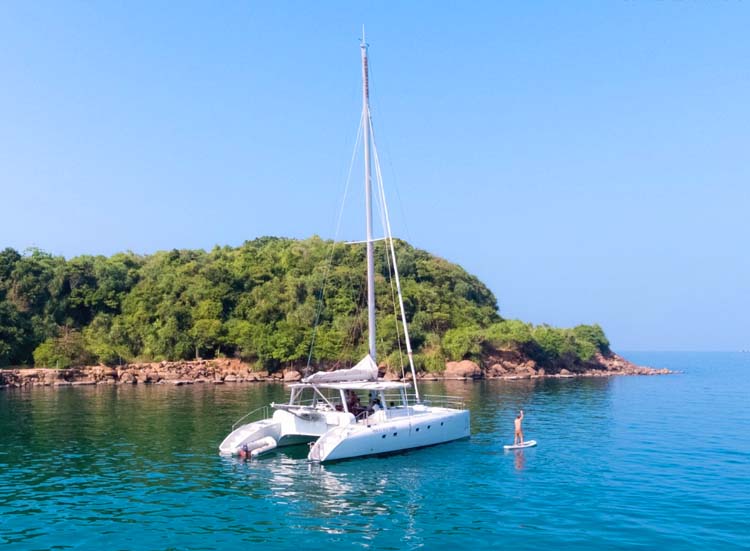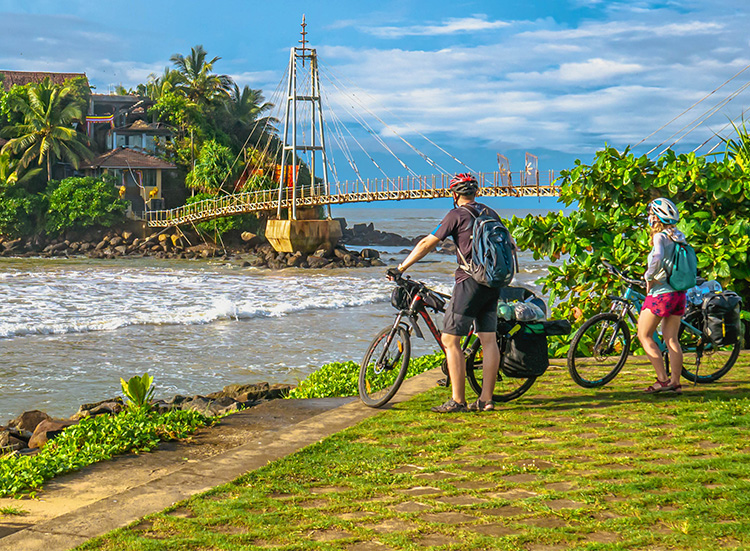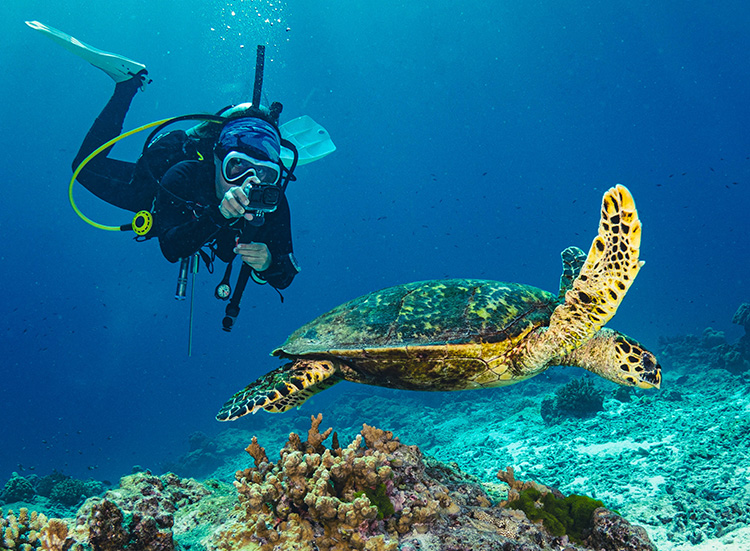Menu
WAY
Sri Lanka’s Underwater Wilderness
Gulf of Mannar Marine National Park
Coral reefs, Dugong sightings, Marine biodiversity
Sri Lanka’s only marine national park, the Gulf of Mannar protects vibrant coral reefs and rich marine life. Here, travellers can encounter dugongs, sea turtles and schools of tropical fish. Its offshore islands, mangroves and seagrass beds form one of South Asia’s most unique marine ecosystems, ideal for snorkelling and responsible diving.
The Gulf of Mannar is Sri Lanka’s only marine national park, protecting coral reefs, seagrass meadows and mangroves. Located off the northwest coast, it is a vibrant underwater world where dugongs, dolphins, sea turtles and tropical fish thrive. Its chain of small islands nurtures marine ecosystems vital to the Indian Ocean. Snorkelers and divers are rewarded with kaleidoscopic coral gardens, while birdlife fills its skies. A visit to the Gulf of Mannar offers not just a marine adventure, but a glimpse of Sri Lanka’s enduring bond with its ocean. Wild, diverse and breathtakingly alive.
Best Time to Visit: November–April (calm seas, best visibility)
Average Temperature: 28–30°C
Nearest Town: Mannar, ~20 km away
The Gulf of Mannar Marine National Park protects one of South Asia’s richest marine ecosystems. Encompassing coral reefs, seagrass beds and mangrove swamps, it sustains an extraordinary array of life. Dugongs, sometimes called “sea cows,” graze in the seagrass meadows, while dolphins dance in pods across turquoise waters. Green turtles nest on its sandy beaches, while reef fish shimmer like living jewels within coral gardens.
The park also forms part of a crucial migratory route for seabirds, linking marine and terrestrial ecosystems. Offshore islands dot the seascape, each harbouring unique habitats. Its mangroves provide nurseries for fish and crustaceans, highlighting the interconnectedness of land and sea.
For travellers, the Gulf of Mannar offers immersive marine experiences. Responsible snorkelling and diving reveal intricate coral structures alive with parrotfish, clownfish and rays. Encounters with dugongs remain rare and magical, while dolphin sightings are more common.
As Sri Lanka’s only marine national park, it underscores the importance of ocean conservation. Efforts to protect its fragile ecosystems continue, ensuring that future generations can witness this underwater wilderness. Visiting here is more than an adventure, it is a chance to connect with the living pulse of the Indian Ocean.



